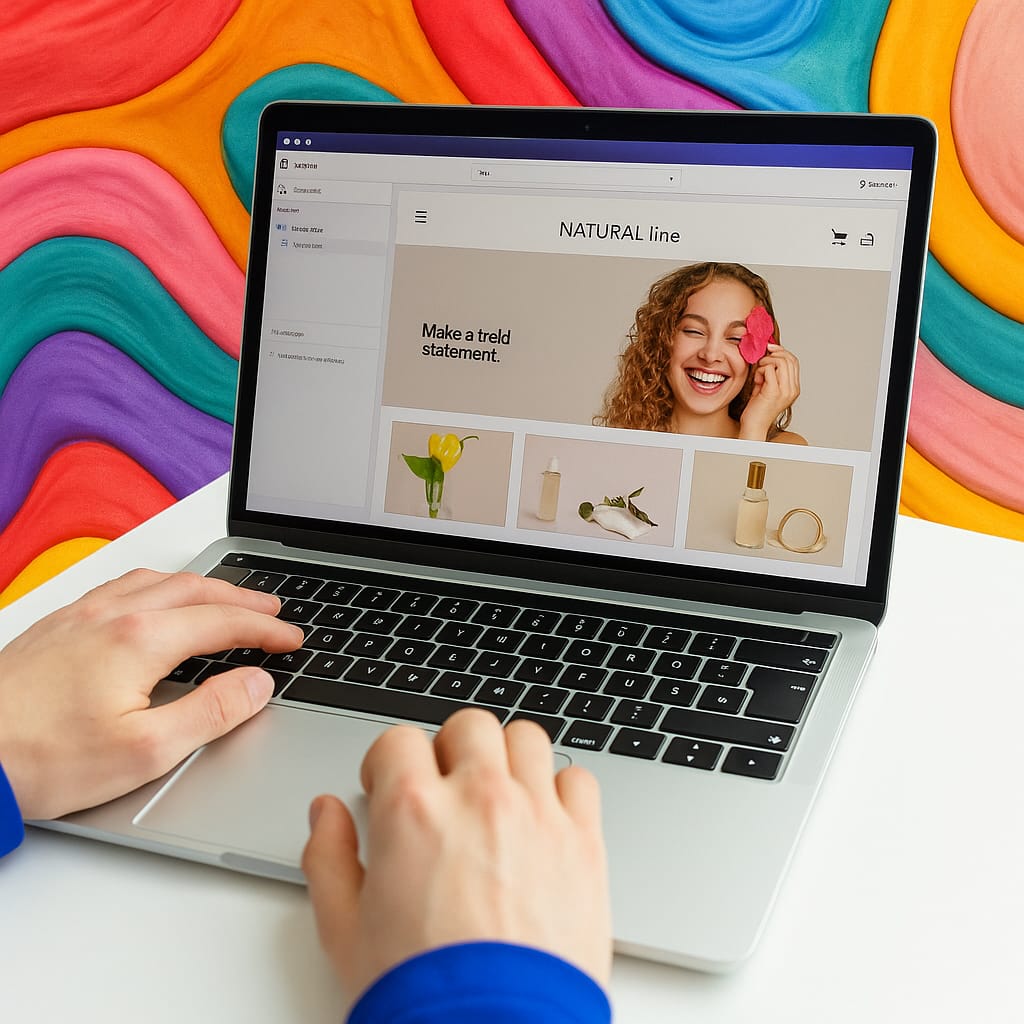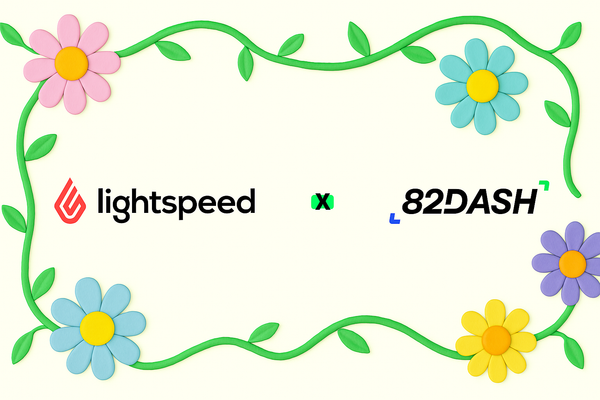How to Turn Shopify Customers Into Your Most Powerful Marketing Channel
Real customers are your best content creators. Learn how to collect, reward, and reuse their content across your Shopify store to boost trust, drive conversions, and outperform traditional ads — with tools, case studies, and clear steps.

It's never been easier to launch a Shopify store — or harder to earn trust.
In a world flooded with AI-generated copy, paid creators, and polished product pages, one thing still stands out: real customers saying real things.
Your most valuable marketers aren't influencers or ad agencies — they're the people already using your product. And if you give them the right tools, timing, and motivation, they'll help you build trust, drive conversions, and create content that actually resonates.
This is your playbook for turning customer-generated content (CGC) into your most reliable growth engine.
Why Customer Content Matters More Than Ever
Let's get one thing straight: User-Generated Content (UGC) is not dead. But it is evolving — and brands that cling to the old playbook of paid creators and polished ads are already falling behind.
📊 The data is clear:
- 92% of consumers trust earned media (like customer reviews) more than traditional advertising (Nielsen, 2023)
- 79% of people say UGC highly impacts their purchasing decisions (Stackla, 2022)
- Shoppers are 2x more likely to convert when seeing visual UGC on a product page (Bazaarvoice Shopper Experience Index, 2023)
- Products featuring customer photos see a 4.5% higher conversion rate (Yotpo, 2023)
- 70% of consumers will consider UGC reviews or ratings before making purchasing decisions (TINT State of UGC Report, 2023)
But the key is authenticity. According to Olapic, 76% of consumers believe content shared by average people is more honest than content from brands.
"People don't trust brands. They trust people who look like them, talk like them, and shop like them." — Yotpo, State of eCommerce 2023
So, how do you move from just having customers to actually activating them?
1. Build a System to Collect Content
- Not Just Hope for It
Most brands sit back and hope a few nice reviews roll in. That's not a strategy. That's a prayer.
Instead, you need to:
- Prompt content at key moments (post-purchase, after support chats, loyalty milestones)
- Simplify the process with no-login upload pages or mobile-first forms
- Use tools like 82DASH to collect images, video, and reviews directly
Research shows timing matters: According to Okendo, review request emails sent 7-14 days after delivery get 85% more responses than those sent immediately after purchase.
Successful brands create a content flywheel by:
- Setting up post-purchase email sequences with visual instructions
- Creating QR codes on packaging that lead to review pages
- Offering incentives that scale with content quality (text < photo < video)
App spotlight: Judge.me found that including a "no login required" option increases review submission rates by 54%.
If you're serious, set up a system that feels more like collaboration than a request.
2. Incentivise Without Compromising Authenticity
The fear: "If we offer discounts, the content won't feel real."
The truth: Incentives don't kill authenticity — bad incentives do.
✔️ Good examples:
- 10% off next order for a photo review
- Giveaway entries for best unboxing video
- Early access for VIP content creators
- Loyalty points for social shares (what Loyalty Lion calls "experiential rewards")
A Forrester study found that incentivised reviews maintain the same level of honesty as non-incentivised ones — they just generate 2-3x more volume.
Legal note: The FTC requires disclosure of incentives. According to Shopify's own legal guide, simply adding "Rewarded with 82DASH" is sufficient and doesn't harm conversion rates.
The key is transparency. Make the ask clear. Make the reward small but meaningful. And always get explicit permission to use the content (Shopify's UGC legal guide is a great place to start).
3. Highlight Customer Content Everywhere
Don't bury that amazing 20-second reaction video in your "Reviews" tab. Share it across:
- Product pages (where it impacts conversions directly)
- Instagram Reels and TikTok (short, real content wins)
- Email marketing flows ("Here's how Sarah wears it")
- Paid ads — real faces outperform actors every time
- Abandoned cart emails (BigCommerce found that including UGC here increases recovery by 17%)
Content placement data: According to PowerReviews, placing visual UGC above the fold on product pages increases conversion rates by up to 91% over traditional product imagery alone.
Use apps like Pixlee TurnTo or Yotpo to automate curation and display. Newer tools like Fairing allow you to segment and target which UGC appears based on visitor demographics.
"It's not about one perfect review — it's about layering dozens of imperfect, real moments that make your store feel alive." — Shopify Plus Guide to UGC
4. Ditch Fake UGC. Customers Can Tell.
A wave of brands now hire UGC creators — freelancers paid to make "authentic-looking" testimonial videos.
They're polished. They're scalable. But... are they trusted?
🔍 A study by Olapic found:
51% of consumers can spot paid UGC instantly — and trust it less.
That doesn't mean paid creators are useless — but real customer content will always win on trust, relatability, and cost.
The hybrid approach: Shopify's research suggests the most effective strategy combines:
- 60% real customer content (reviews, photos, videos)
- 30% creator collaborations (with clear disclosure)
- 10% brand-produced content
According to Later.com's analysis of 300+ DTC brands, this ratio delivers the highest engagement and conversion rates.
5. Treat Customer Content Like Capital,
Not Spare Parts
Customer photos, reviews, quotes, and videos are not just nice-to-haves. They're:
- Conversion drivers
- Ad assets
- SEO content (Google increasingly prioritizes review content)
- Market research
And they don't expire like ad budgets. They compound over time.
ROI metrics: According to a joint study by Bazaarvoice and Deloitte, customer content has an average ROI of 5.6x compared to 2.1x for traditional marketing assets.
GoodFirms research shows Shopify stores with robust review systems see a 15-30% higher average order value compared to those without.
The smartest Shopify brands treat content not as decoration, but as infrastructure.
6. Leverage Customer Content for Personalisation
One underutilised strategy is using customer content for personalisation. Accenture research shows 91% of consumers are more likely to shop with brands that provide relevant offers and recommendations.
Here's how leading Shopify brands do it:
- Segment UGC by customer demographics (show college students content from other college students)
- Display content from similar body types for fashion products
- Feature location-specific testimonials based on visitor IP
- Show "people like you bought" sections with real customer photos
Apps like LimeSpot and Nosto can now intelligently match customer content to visitor profiles in real-time.
Examples from the Field
- Allbirds boosted CVR by 30% after integrating verified customer reviews and photos on product pages (Okendo Case Study)
- Gymshark built an entire campaign around real gym selfies, turning followers into advocates (Shopify Enterprise Blog)
- MVMT Watches grew to $100M in sales with influencer reposts and customer submissions as their main feed (Later.com)
- Doe Lashes increased conversion rates by 38% by featuring customer before-and-after photos (Loox Case Study, 2023)
- Beardbrand attributes 30% of their social media engagement to customer content reposts (Shopify Masters Podcast)
- Bubble Skincare uses customer testimonials to address specific skin concerns, increasing product page conversion by 24% (Pixlee TurnTo, 2023)

Ready to Activate Your Customers? Start Here.
If you run a Shopify store, your customer base isn't just a revenue line — it's your best creative team.
To start:
- Set up a frictionless content collection flow
- Reward participation without compromising honesty
- Showcase CGC across all your marketing
- Use tools to scale and stay legally sound
- Measure what works and double down
Free resource: Shopify's Content Collection Blueprint provides templates for email sequences, incentive structures, and legal permissions.
And remember: AI can write captions, influencers can fake reviews, but your real customers? They sell without even trying.
Tools to Consider:
- Collection: Okendo, Loox, Stamped.io, Judge.me, Junip
- Display: Pixlee TurnTo, Yotpo, Foursixty, Taggbox
- Rights Management: TINT, Pixlee, Olapic
- Analytics: Fairing, Lifesight, Pixlee Analytics
The All-in-one Tool : 82DASH
Each has different pricing models and feature sets, so evaluate based on your specific Shopify store needs and budget.
References:
- Nielsen Global Trust in Advertising Report (2023)
- Stackla Consumer Content Report: Influence in the Digital Age (2022)
- Bazaarvoice Shopper Experience Index (2023)
- Yotpo State of eCommerce: Customer Content & Conversion (2023)
- TINT State of UGC Report (2023)
- Olapic Consumer Trust: Keeping It Real Report
- Forrester Research on Incentivized Reviews
- PowerReviews Visual UGC Placement Study
- Bazaarvoice & Deloitte ROI of UGC Analysis
- Accenture Interactive Personalization Research
- GoodFirms Shopify UGC Impact Research
Isabelle Simon - Communications Lead - 82DASH




